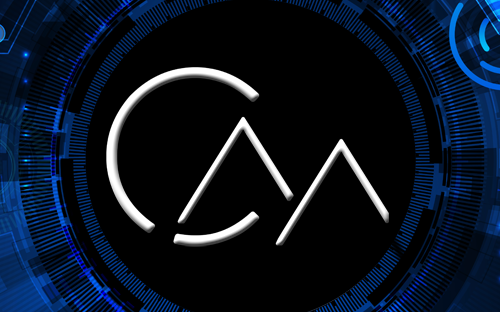School libraries have always been a digital access centre for the whole school, and as learning progressed online, they became technical centres for teachers and students. Librarians in Linder Independent School District a suburb of Austin, Texas, say their relationship at the forefront of helping teachers connect printers and install laptops in classrooms simply changed when learning online. This summer, public and school libraries are exploring new ways to provide public services beyond books and physical buildings. “We took the initiative and immediately did something different,” said Mary Keeling, president of the American Association of School Libraries, about the rapid transition to digital services. “Everyone at school is looking for you,” said April Stone, a librarian at Four Points College, when it comes to using computers and providing online learning opportunities. School libraries have become technical centers that allow teachers to teach at home, while public libraries have made efforts to increase Internet access, and many have left wifi connections in their buildings on even when they are closed, allowing visitors to access the Internet from the parking lot. Edward Hines, a librarian at Vinh Tran charter school, a school in New Orleans, Louisiana, met with students when schools closed in the spring, read aloud on the Internet and helped teachers teach online. After discussing what needs to be done to bridge the digital divide, and conducting a parent survey that showed families are interested in digital, program coordinator Jenny Song said the library decided to impose digital programming to help parents spend long summer days at home. “The idea was for Rachel to advise me on a job I didn’t know I could do so that children could benefit from someone learning to do something,” said Hunter, who is a librarian for youth services. The lessons they learned from the end of the pandemic will be with them for the long haul if AVID-19 ceases to be a threat. The focus is on improving access to digital materials, which is part of the central mission of libraries to serve communities on an equal footing. For schools that had closed down because of the Coronavirus and switched to e-learning, digital access had become a necessity overnight. But this year, STEM projects, production plans and narrative hours that usually take place within the library walls were made available online, and the library itself soon proved innovative in responding to the needs of its community.
